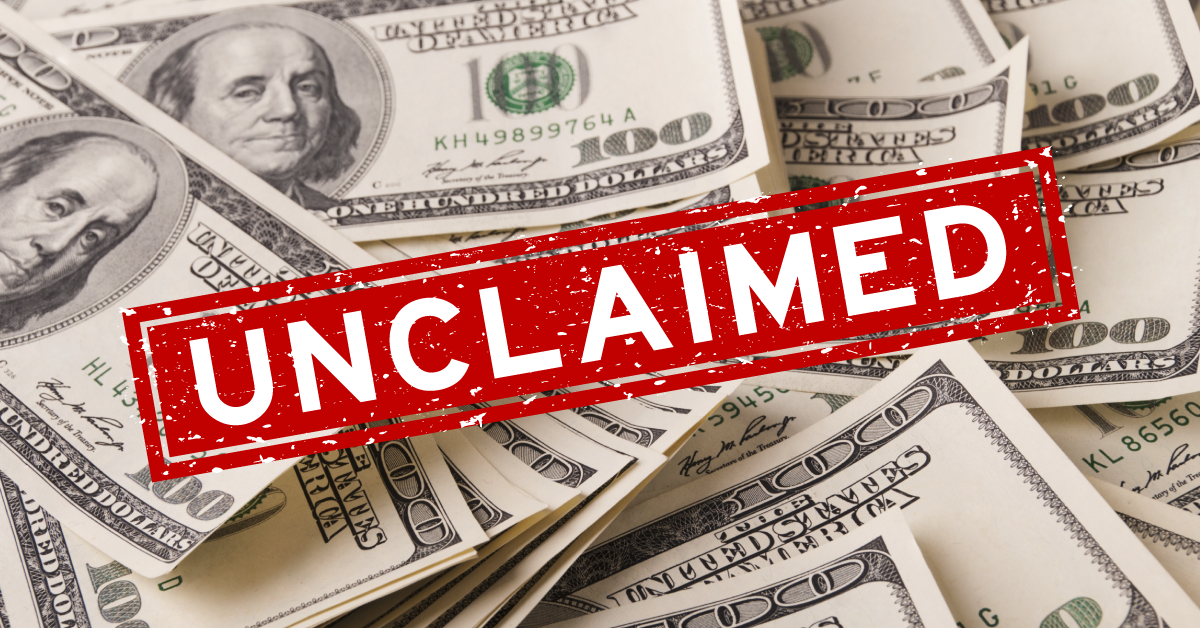Contact Us : 800.874.5346 International: +1 352.375.0772

The IRS recently issued their annual press release about unclaimed refunds from four years ago, and, once again, there is significant money at stake: More than $1 billion for tax year 2021 for non-filers.
According to IRS estimates, 1.1 million taxpayers in all fifty states and the District of Columbia could claim refunds if they file on or before April 15, 2025, with a median refund of $781. Because the refund statute is only three years, taxpayers must act now to claim refunds from 2021.
How does the IRS know this? In the age of big data, it’s not difficult. The IRS routinely prepares SFR (Substitutes for Return) for individual taxpayers based on data provided from other sources such as payroll tax returns and Forms W-2, 1099, K-1, etc.
When the SFR indicates a balance due, the IRS has 10 years to collect the unpaid taxes and individual taxpayers often receive a bill. However, when the SFR indicates an overpayment, individual taxpayers are not contacted. Instead, the annual press release goes out, and any money that isn’t claimed within the 3-year refund statute becomes the property of the U.S. Treasury.
If you’re a tax preparer who doesn’t have too much to do in the final days of tax season, here’s how to file old taxes so you can help your clients claim these refunds:
First, identify which of your clients did not file old taxes for 2021 and engage them ASAP.
Second, pull wage and income transcripts from the IRS and prepare a draft return.
Finally, file that return, bill for your services, and give your clients another reason to brag about your expertise!
If you can’t carve out your share of the $1 billion in unclaimed tax refunds before April 15, there will be another opportunity next year for tax year 2022 non-filers. When tax season cools off, you can start thinking about how to use this information to help your current and future clients.
Written by Jerry Gaddis, EA, MBA